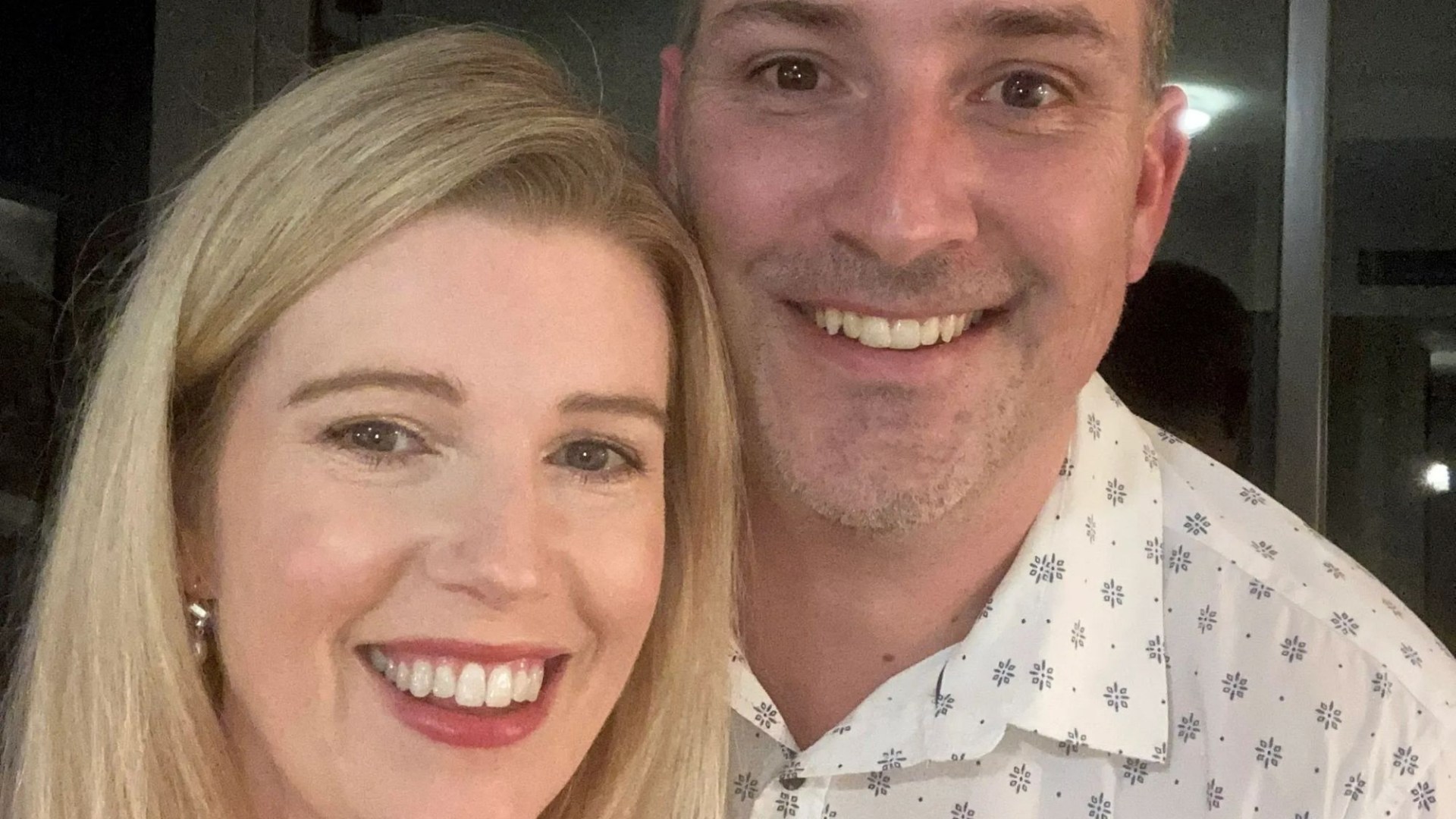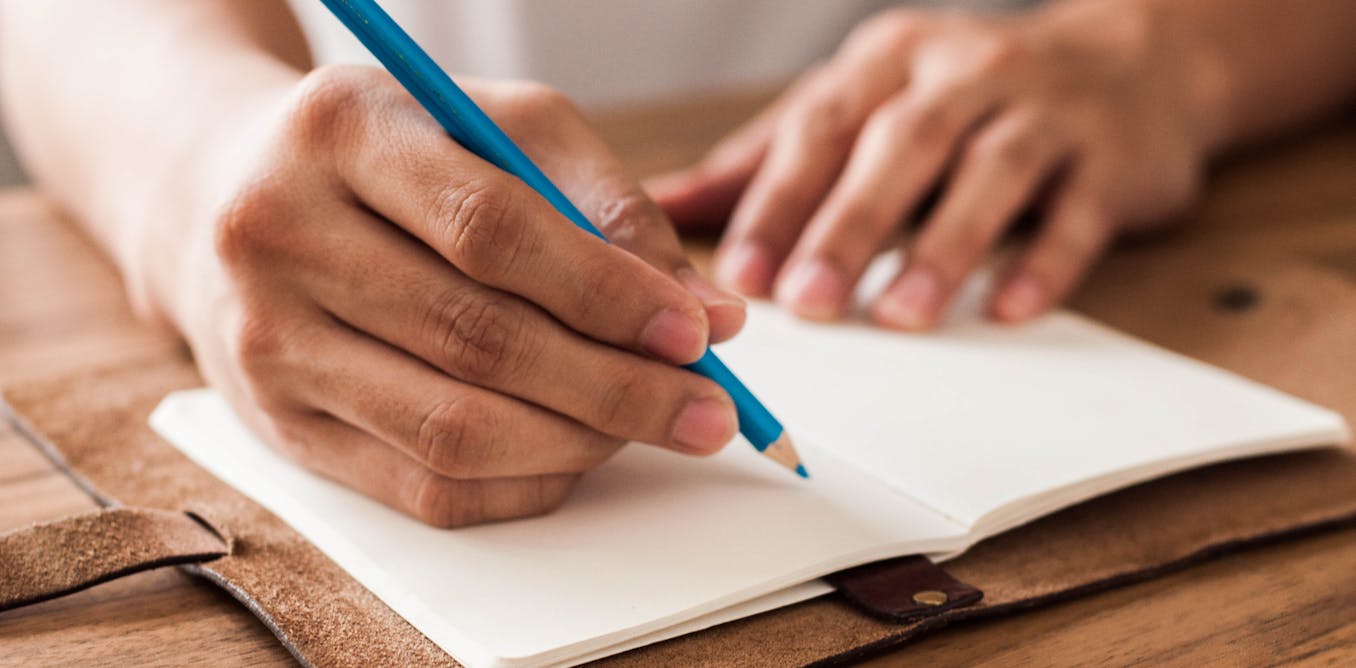A MUM was left fighting for her life after being told to drink more water to help get rid of cold-like symptoms.
Nina Munro, 41, drank around four litres of water in an attempt to “flush out” her cough and sore throat.
6

6

6
But the excessive amounts of water, combined with medications she was taking for cold and flu ‘bugs’, flooded her system and left her with life-threateningly low sodium levels in her blood.
As a result, the mum had a seizure and was rushed to hospital.
Nina – who claims doctors told her they were unsure how she survived – was in intensive care for five days while doctors battled to stabilise her sodium levels.
Now the government officer, from Queensland, Australia, says she only drinks when she is thirsty and restricts herself to a maximum of around 1.5 litres of water a day.
“All the doctors didn’t know how I survived it,” she said.
“I was slowing drowning myself and I didn’t even know it!
“My husband said I wouldn’t do anything without a glass of water by my side.
“I thought I was a super-healthy person,” the mum went on, saying she thought “someone was looking out for [her]” throughout her ordeal.
“They wouldn’t let me leave [hospital] until my sodium level began to increase.
“I didn’t see my daughter for five days which was so hard. I didn’t want her to see me in the state I was in.
“The first few days in ICU I couldn’t drink anything and when I left hospital I was on a restricted 1.5ltr diet and naturally now drink less.
“They told me to drink for thirst only.”
Six weeks before being admitted, Nina began to pick up minor coughs and colds and generally started feeling under the weather.
She said: “Our daughter is at kindergarten and she’s always coming home with little bugs.

6

6

6
Nina’s daughter came down with pneumonia, while the mum got laryngitis and lost her voice in May
She also unknowingly also caught a mycoplasma – this is a bacterium that causes infections in different parts of the body, including the respiratory tract.
Nina added: “I also had a cold, earache and a sore throat which I kept going to doctors for.
“I never felt like I had time to rest with the constant demands of parenting and work.”
‘Perfect storm’
Nina saw five doctors in the six-week period and was given an array of different medications while being told to drink more water.
She said: “I had three lots of steroids, three lots of antibiotics, nasal sprays and Nurofen, which also lowers your sodium – it was a perfect storm to lower my sodium.”
Nina started to feel worse in the days before she was admitted on the June 15.
“I left a gym class as I felt I wasn’t moving right,” she said.
“I went to a local hospital and they said ‘drink lots of water’ as they thought I was having withdrawals from the steroids.”
I just kept thinking I needed to drink all this water to flush it out
Nina Munro
The next day she developed a “haze” in front of her eyes and experts again told her to drink more, she said.
By June 15, she had been vomiting for three days and had “drank around four litres that day and no food”.
“I just kept thinking I needed to drink all this water to flush it out,” Nina said.
“I’ve always tried to drink at least two litres a day, if not more.”
That night her husband called an ambulance, which took her to hospital.
Her sodium level was 100 milliequivalents per litre (mEq/L) – far below what’s considered normal, which tend to be between 135 and 145.
Sodium levels are considered low if they dip below 135 mEq/L.
How much water is safe to drink
It’s important to keep hydrated throughout the day and to make sure you’re drinking plenty of fluids.
You can actually gauge how hydrated you are from the colour of your pee.
Most people should aim to drink enough during the day so their pee is a clear pale yellow colour.
The NHS Eatwell Guide recommends that people should aim to drink six to eight cups or glasses of fluid a day.
Water, lower-fat milk and sugar-free drinks, including tea and coffee, all count.
You may need to drink more fluids if you’re:
- Pregnant or breastfeeding
- In a hot environment
- Physically active for long periods
- Ill or recovering from illness
Is it possible to drink too much water?
It may be possible to drink too much water.
This is rare, but if this happens you can deplete sodium mineral levels in your body and cause hyponatremia – when the level of sodium in your blood is lower than normal.
Sodium is an important mineral that helps balance the amount of fluid in your body.
It also helps your nerves and muscles to work properly.
When the sodium level in your blood is too low, extra water moves into your cells and makes them swell.
This can be dangerous, especially in the brain where there is not a lot of room to expand.
The most common reason for hyponatremia is having too much fluid in the body.
There are many reasons why your water and sodium levels can be out of balance, including kidney disease, heart failure, severe vomiting and diarrhoea, excessive thirst and very high blood sugar.
Sources: NHS, National Kidney Foundation
Nina says she was told by doctors the cause of her low sodium level was from drinking too much water combined with medications she had been on for recent minor colds, plus a mycoplasma infection.
Her memory of her time in the ICU is a bit patchy but the mum counts herself lucky to be alive.
After a brief monitoring period, Nina made a full recovery and is now back to full health – although she is unable to drive for six months because of her seizure.
She said: “There must be other people out there in the same boat.”
Nina says her condition may have been caught earlier if she’d been given a blood test during her visits to doctors, as “the blood test would have shown the sodium level as being very low”.
“I think it will take a while to trust that things will be okay,” the mum adds.
“It was like my body had a hard reset and had to start up again.”
The NHS recommends people to drink six to eight glasses of water and other fluids a day – enough so their urine is a clear, pale yellow colour.
Which cold and flu remedies actually work?

Sun Health reporter Isabel Shaw put 9 well-known cold and flu remedies when she was struck with a lurgy.
Over the course of a week, she tried products targeted all symptoms associated with cold and flu, as well as treatments that only aimed to get rid of specific issues.
These included:
- Hot honey and lemon
- Steam inhalation and Vicks Vaporub
- Echinacea
- Chicken soup
- A spicy curry
- Beechams All in One Oral Solution
- Strepsils
- Lemsip Max
- Sudafed Blocked Nose Spray
She took into account pain reduction, and how quickly and for how long they worked.
Read her full verdicts here




